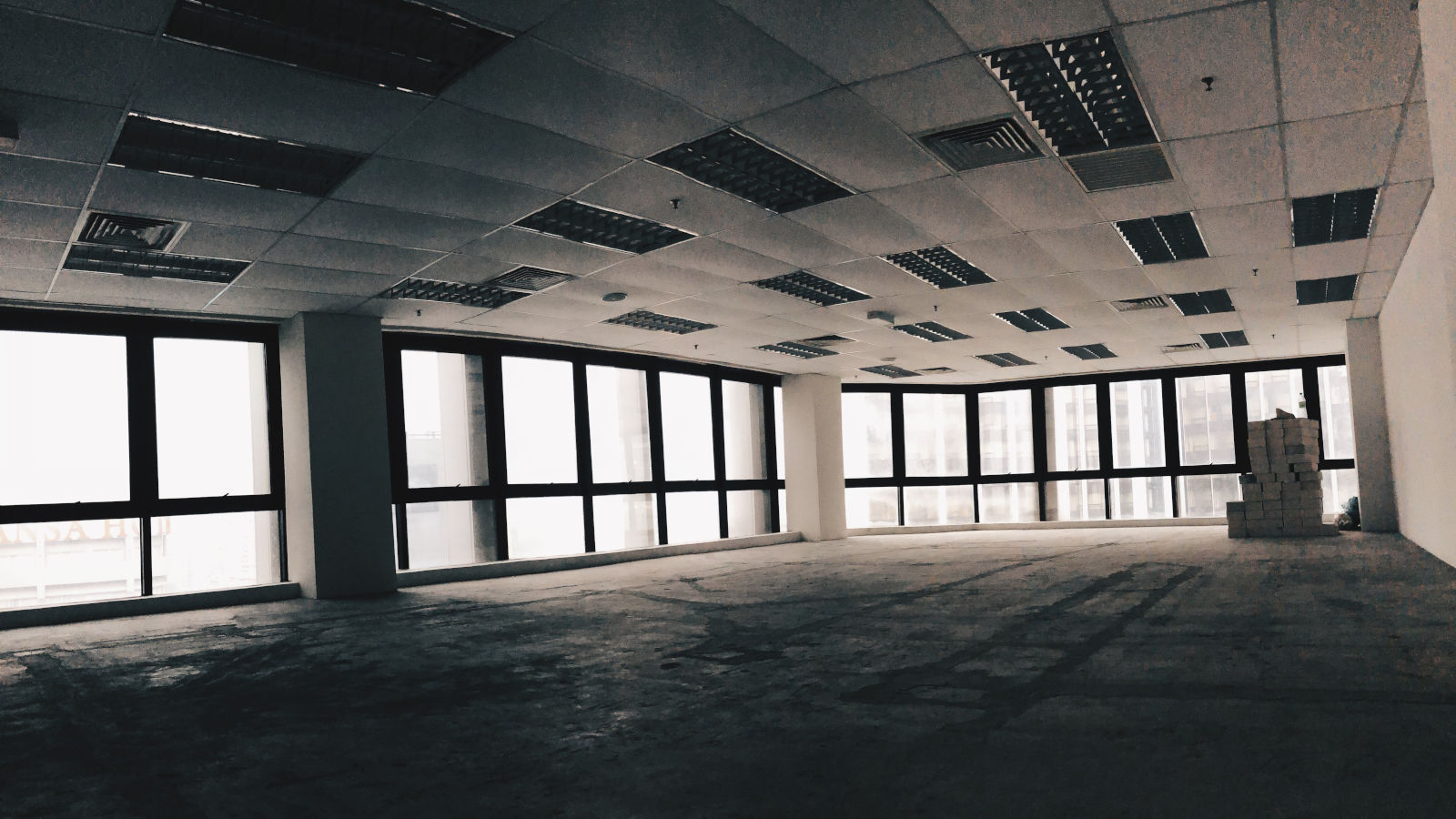
Thanks to the most recent microdata availability, in the regulatory context that aims at improving the energy performance of buildings, BDO advisory has developed a method for characterising French non-residential buildings and their location (at the level of address). This method makes it possible to measure the potential for renovation in each area (“department”) and can become a valuable marketing tool.
A favourable regulatory context
A fairly recent regulatory framework. For existing buildings: the tertiary sector decree sets targets for reducing energy costs. The so-called “BACS” decree (Source 1). requires the installation of a Building Management System (BMS). For new buildings, the Rénovation Energétique 2020 (RE 2020) decree (Source 2) sets broader targets for the construction of buildings that are more energy-efficient, emit less greenhouse gas and are better adapted to future climatic conditions.
This regulatory framework sets medium-term deadlines. The tertiary sector decree sets three deadlines: Reduce energy consumption by 40% by 2030, 50% reduction by 2040 and 60% reduction by 2050. To achieve these targets, companies and public entities will be able to:
- Insulate buildings.
- Optimise their consumption.
The RE 2020 concerns the entire building value chain, with three main areas of focus by 2030:
- The energy performance of new buildings
- Reducing the overall carbon footprint of new buildings throughout their lifecycle – to encourage the use of bio-sourced materials.
- Anticipating climate change
This environment led to the development of BDO Advisory’s method of analysing the non-residential building stock, as described below.
A two-step approach to characterise non-residential buildings and identify the renovation market by department.
The first stage aims to map and characterize non-residential buildings in France.
The method developed by BDO Advisory uses the BNDB database created by the Centre Scientifique et Technique du Bâtiment. This database cross-references more than twenty public databases (tax, land registry, etc.).
From this database, it is possible to locate and characterise a certain number of buildings (at address level) according to their use, year of construction, floor area, height, calculated surface area and energy consumption. We estimate that there are 25,000 buildings in mainland France for which the maximum amount of information is available. The graph below shows the breakdown of a sample of 35,500 buildings by activity.
To provide a more detailed analysis and identify the building users, BDO Advisory will cross-reference the BNDB database with the SIREN national register, a database maintained by INSEE that identifies all companies in France on a mandatory basis.
The second stage aims to estimate the accessible market by department.
The second step consists of providing a geographical analysis of the buildings. For instance, BDO can provide information on the distribution of uses, energy consumption and the age of buildings in a given area. This information can be used to rank the most or least efficient departments according to selected criteria (age, electricity consumption).
ABOUT THE AUTHOR
Pascal Marlier
BDO Advisory
Graduated engineer, Pascal joined BDO-BIPE in 1998 and is in charge of B2B sectors including Construction, Real Estate, Energy, Environment and Financial Services. He has led a number of assignments in the construction sector, notably in the field of housing, renovation, financing, etc. He has been trained in the carbon footprint method.
ABOUT THE AUTHOR
Roch-Eloi Grivet
BDO Advisory
Roch-Eloi is a graduate of Sciences Po Lille (master's degree in public administration) and of the Sorbonne (master's degree in public administration and preparation for the civil service exams). He contributes to the elaboration of forecasts in the field of construction for France and Europe (EUROCONSTRUCT). He works more particularly on non-residential buildings and public works. He also contributes to the macroeconomic team. His key skills are construction and building forecasts and sustainability.
Aggregated, these data become an interesting and useful commercial tool to accelerate the energy renovation of buildings.
References
Source 1: Décret n° 2020-887 du 20 juillet 2020 relatif au système d’automatisation et de contrôle des bâtiments non résidentiels et à la régulation automatique de la chaleur
Source 2: Décret n° 2022-305 du 1er mars 2022 relatif aux exigences de performance énergétique et environnementale des constructions de bâtiments de bureaux et d’enseignement primaire ou secondaire en France métropolitaine
ABOUT THE AUTHOR
Pascal Marlier
BDO Advisory
Graduated engineer, Pascal joined BDO-BIPE in 1998 and is in charge of B2B sectors including Construction, Real Estate, Energy, Environment and Financial Services. He has led a number of assignments in the construction sector, notably in the field of housing, renovation, financing, etc. He has been trained in the carbon footprint method.
ABOUT THE AUTHOR
Roch-Eloi Grivet
BDO Advisory
Roch-Eloi is a graduate of Sciences Po Lille (master's degree in public administration) and of the Sorbonne (master's degree in public administration and preparation for the civil service exams). He contributes to the elaboration of forecasts in the field of construction for France and Europe (EUROCONSTRUCT). He works more particularly on non-residential buildings and public works. He also contributes to the macroeconomic team. His key skills are construction and building forecasts and sustainability.
